Advertisement
Let’s face it—searching the web can get tedious. You sit down with the intent to find quick answers, but before you know it, you’re clicking through pages, comparing sources, and losing track of time. What if there was a smarter way to handle this? Well, there is. Thanks to tools like LangChain and Google Search APIs, you can automate web searches and get curated information in less time, with less clicking around.
In this article, we’ll explore how these tools work, why they matter, and how you can start using them without feeling overwhelmed. Trust me, once you try it, you’ll wonder how you ever managed without it. Without any further ado, let’s begin exploring!
LangChain is like your tech-savvy friend who knows how to piece things together. It’s a framework that connects large language models (like ChatGPT) with external tools and sources. So, instead of asking a model for an answer based purely on its training, LangChain lets it go out, search the real web, and bring you fresh, relevant information.
The neat part is that LangChain can talk to APIs—including Google’s Search API—to find exactly what you’re looking for. Instead of manually typing queries, scanning dozens of links, and fact-checking yourself, LangChain does the digging for you. It organizes the results in a way that actually makes sense without all the noise.
In short, LangChain turns information overload into something manageable. If you often need reliable, real-time data without wasting half your day, this can change how you work.
Google’s Search API is exactly what it sounds like: a way to search Google without ever opening a browser. You send a search request through a bit of code, and Google sends back the results. Clean, simple, and surprisingly quick.
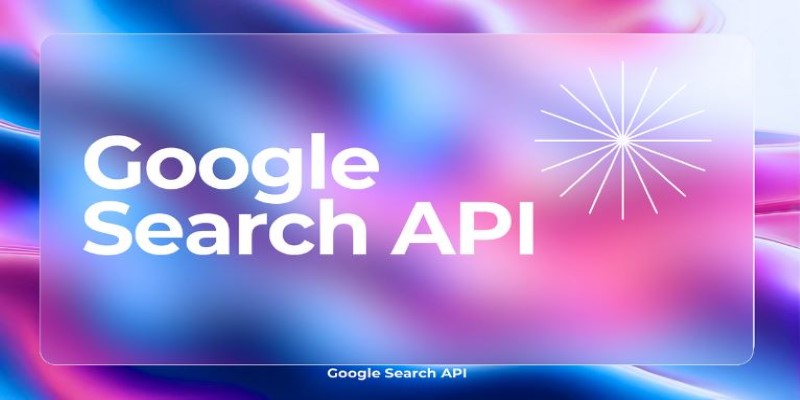
When you combine Google Search API with LangChain, you get an even better deal. LangChain formats the queries, sends them to Google, pulls the results, and can even summarize or rank them based on what matters most to you; instead of scanning ten articles to find that one important statistic, LangChain, and Google API can bring it straight to your project or application.
Think of it as ordering groceries online instead of wandering through five aisles to find a can of beans. It’s direct, efficient, and spares you the endless scrolling.
Feeling curious about how to set this up? Here’s a simple walkthrough to show you that it’s more doable than you might think:
First things first—you need access to Google’s Custom Search JSON API. This means setting up a Programmable Search Engine through Google’s platform and grabbing your API key. LangChain will use this key to perform searches on your behalf.
You’ll also need a custom search engine ID (called a CX ID). It’s like a license plate number for your private search tool.
Installing LangChain is a breeze. A simple command like:
nginx
CopyEdit
pip install langchain
, and you’re good to go.
Depending on your project, you might also want to install extra libraries for handling prompts, output formatting, or logging. But for basic searches, LangChain will do just fine on its own.
Now, you tell LangChain about your API key and CX ID. It’s a few lines of code that essentially say, "Hey, he re's my search engine—to use it." From there, you can start sending search queries straight from your code.
Once everything’s wired up, you can run a search like:
python
CopyEdit
from langchain. utilities import GoogleSearchAPIWrapper
search = GoogleSearchAPIWrapper()
results = search.run("Top programming languages 2025")
print(results)
And just like that, you'll get the top web results without even touching your browser.
If you want, you can even program LangChain to automatically summarize these results, pick out the key points, or store them neatly for later use.
You might be wondering: “Okay, but where would I even use this?” The short answer? Almost everywhere. But let’s get a little more specific:

If you need to gather fresh sources for academic papers, market research, or content writing, automated web searches can save you hours. LangChain can filter the information and even remove duplicates or irrelevant results.
Imagine a chatbot that doesn't just guess answers but actually checks live information before responding. Using LangChain and Google Search API, you can build bots that are not only more accurate but also constantly updated with the latest data.
Want to keep tabs on a developing story or track industry news? Instead of setting a million Google Alerts, you can build a simple script that checks the web at regular intervals and sends you a summary.
Ever get stuck on a coding bug and spend half the afternoon scrolling Stack Overflow? Automate it. LangChain can search technical forums, documentation, and tutorials and bring you the best answers without the rabbit holes.
Automating web search with LangChain and Google Search API isn’t just a cool tech trick—it’s a smarter way to approach information gathering. Whether you’re doing research, building intelligent applications, or just tired of wasting time jumping between links, this combination delivers focused, real-time insights directly to your workflow. With just a bit of setup, you can cut through the noise, streamline your searches, and stay productive without ever opening a browser tab. It’s like having a tireless research assistant who knows exactly what you need—and gets it fast. If you're ready to spend less time searching and more time doing, this is the toolset to try.
Advertisement

Ever wish your photo app could just understand what you meant? Discover how Google’s ‘Ask Photos’ lets you search memories using natural questions and context
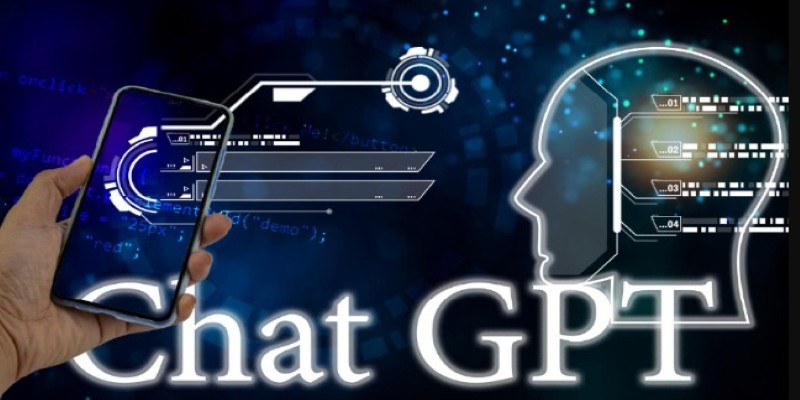
Looking for the right dataset? Learn how ChatGPT can help you select, refine, and evaluate datasets for your data project or AI model
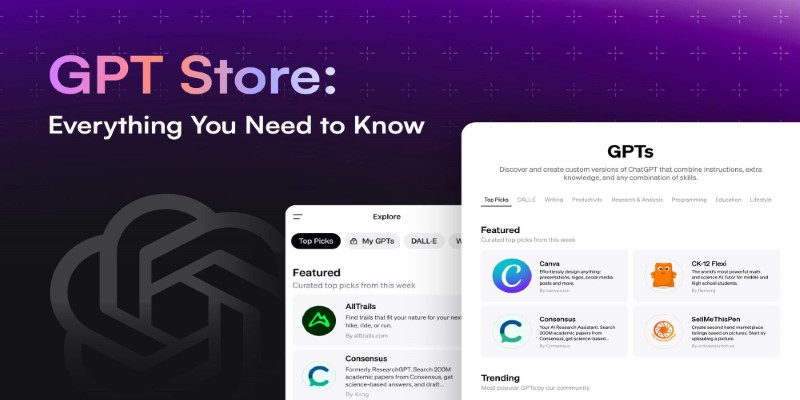
Looking to explore custom chatbots tailored to your needs? Discover how to access and use OpenAI's GPT Store to enhance your ChatGPT experience with specialized GPTs.

How to use the Nightshade AI tool to protect your digital artwork from being used by generative AI models without your permission. Keep your art safe online

Need a faster way to get through long articles or reports? These top 9 summarization tools for 2025 help you find key points without wasting time
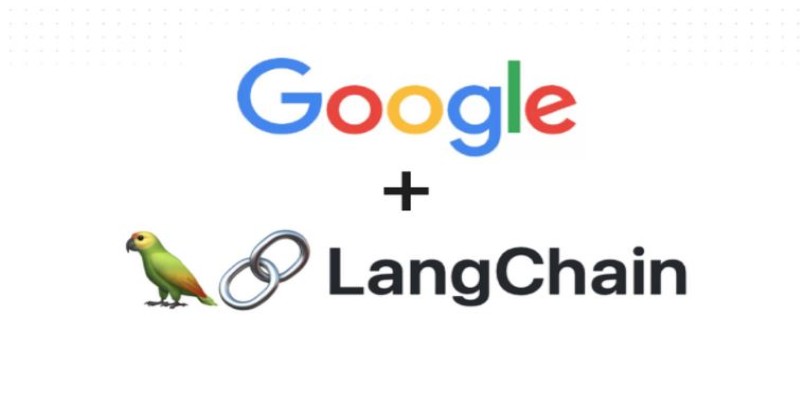
Tired of endless searching and clicking? See how LangChain and Google Search API can automate web research and deliver real results without the hassle

From solving homework problems to identifying unknown objects, ChatGPT Vision helps you understand images in practical, everyday ways. Here are 8 useful ways to try it
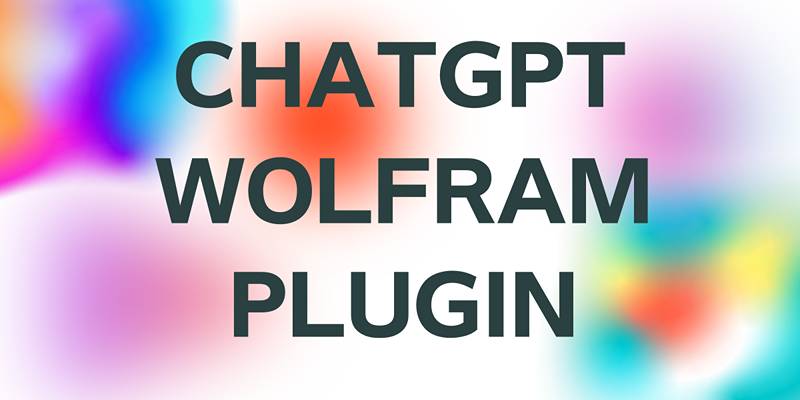
Enhance your ChatGPT experience by using the Wolfram plugin for fact-checking, solving STEM tasks, and data analysis.

Learn here key security challenges and practical solutions for protecting AI and edge computing systems from cyber threats

Curious about AdaHessian and how it compares to Adam? Discover how this second-order optimizer can improve deep learning performance with better generalization and stability
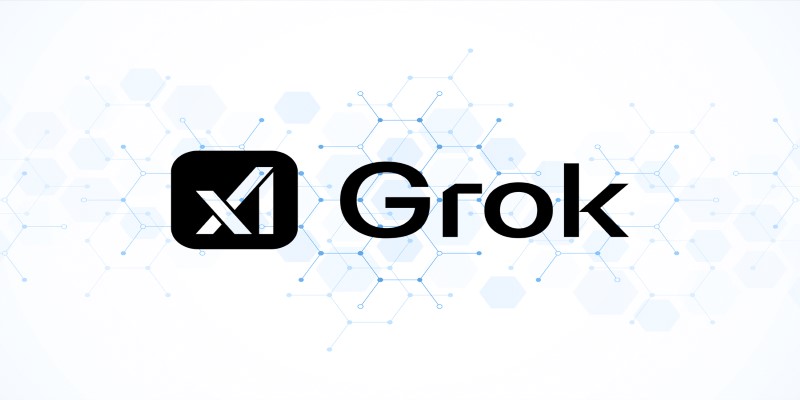
Heard about Grok but not sure what it does or why it’s different? Find out how much it costs, who can use it, and whether this edgy AI chatbot is the right fit for you
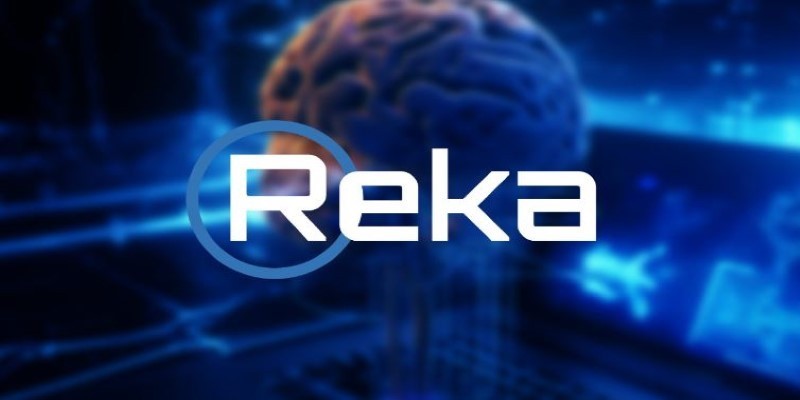
Ever wished you could get text, images, and videos all at once? REKA CORE makes it happen by bringing everything into one seamless response for easy access to multimedia content